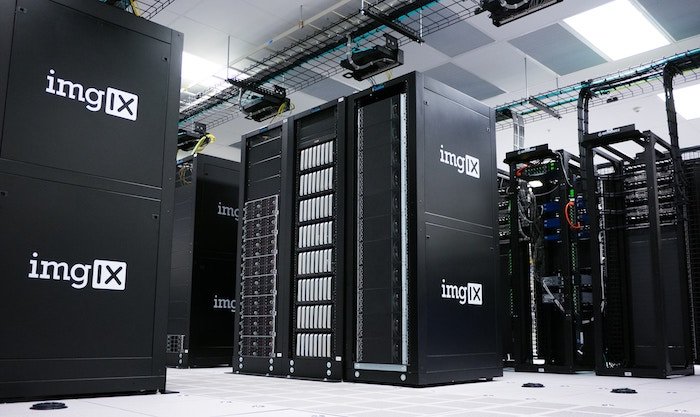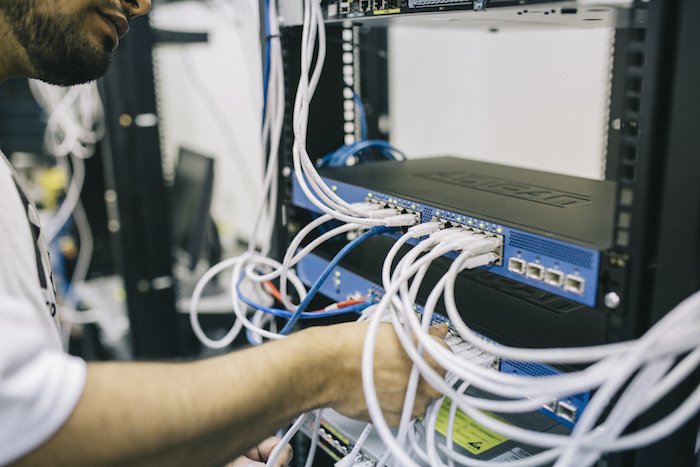When you think of cyber security or cyber attacks, what images immediately jump into your mind? The computers in your office, the server room, suspicious emails? These are all common sources of cyber threats that your team definitely needs to keep top of mind, but an access point that is largely overlooked is your printer stations.
In the internet connected office of today, printers are almost always plugged directly into a LAN network. The computing power or the latest printers is astonishing, giving the devices the ability to run multiple services at once, connecting to users through wireless adaptations and smart apps. Why is this important? Plain and simple, if a device is connected to your network, it can be used against your business in a cyber attack or to steal data.
Most Valuable Data Flows Through Printers
What percentage of valuable data flows through your scanning and printing devices? For most organizations in British Columbia, the vast majority of sensitive information interacts with a connected device at some point, whether a hard copy is printed, scanned or sent to another party from the station. Luckily, there are precautions you can take as a business owner or manager that will protect all the information that passes through your printer.
Need help increasing the security of your network or connected office devices? Contact the TOPS team today for an immediate solution that will put your mind at ease!
How to Avoid Printer Related Security Threats:
- Be suspicious of all emails sent from printers
- Monitor printing and copier devices at all times at the same level as servers
- Consider creating a VLAN network for printing devices, keeping traffic separate
- Encrypting hard drives
- Incorporate all connected devices to your SIEM (security information and event management)
Before we dive into 5 ways to avoid security threats caused by printers, you should first understand what could happen if someone with ill intentions gained access to your organization through your printer.

What Happens When a Printer is Hacked?
Once an outside source is able to gain access to your printer, a number of negative outcomes can occur. First, they might be able to view all the data traffic coming through your printers. This means they have the ability to steal or alter any documents that are passing through your devices- disastrous for any business, but particularly terrifying for professionals such as lawyers, doctors and dentists.
It is also possible for an attacker to install malware directly into your printers, allowing them to send documents to and from your organization, control the LCD readouts and adjust any settings they see fit. Oftentimes, if a foreign threat is able to gain access to your printers, it won’t be long until they are able to jump onto your main network and access information at their leisure. This is why you always need to be thinking about security. A single attack can devastate an organization with ease.
Are you realizing the cyber security of your organization is not up to par? Don’t worry, our team can turn your business into a strong, cyber-fortress, keeping attacks where they belong. Outside of your walls.
Enough of the potential, disastrous outcomes- let’s get to avoiding these issues in the first place!
Educate Employees on Printer Related Email Security
In 2017, millions of printer and scanner users were tricked by cyber criminals who launched their attacks through printer attachments. As businesses and printers become more connected, this trend is only going to increase in the coming years.
How did the attackers accomplish this? They impersonated printing solutions brands such as HP and Cannon, sending internal users emails that appeared to be coming from the local network printer. The average office worker receives documents from their printer quite frequently, often from other employees that are attempting to send documents that have just been scanned.
If an employee receives a document from the printer with any attachment (especially PDF attachments), they should immediately become suspicious. Who sent this document? Did they just send it? Why are they sending the document in the first place? It is always best to confirm in person with the individual who electronically sent the document before opening it unless you have a dedicated, internal IT staff or outside organization that is constantly monitoring your system security.
Monitor Printers 24/7
Does your organization have a fulltime department of IT professionals that are watching your network and devices for potential threats? If not, you need to find a solution that puts the technology and networks of your business under the microscope constantly.
We offer partnership programs that provide training and ongoing support to local organizations that require help in this area. If you deal with sensitive information, you need to consider your options BEFORE a threat occurs.

Create a VLAN
If an outside threat was able to access your printer, you want to ensure they cannot bridge to the rest of your organization. By creating a virtual local access network, you can effectively isolate all the traffic that is coming through your printers and scanners from your main server traffic. Yes, a large majority of crucial data flows through your printers, but gaining access to a large amount of information may take an attacker weeks or months. If they are able to access your main server, all of your information is instantly at their fingertips- not good!
Encrypt Your Data and Hard Drives
One of the best ways to protect the data that is following with your organization is to ensure that it is properly encrypted. Think of encryption as a secret language that can only be translated by your team. Without the proper encryption algorithm, the data stays in a nonsensical pattern of numbers or letters. Modern day encryption is much more complicated than this but the point is that you want to turn your sensitive data into a “secret language” so outside attackers cannot use it and at the same time, your internal team can use it at their leisure.
The TOPS team knows the latest encryption techniques to keep your data safe at all times- ask how we can safeguard your hard drives today!
Add Printers and Scanners To Your SIEM
Do you have an SIEM? That is an acronym for a security information and event management system. An SIEM gives an organization a broad view of all the technical infrastructure that is contributing to day to day operations. Essentially, a system like this monitors and collects data from all areas of your business and provides a centralized form of security that offers a birds eye view of any area of interest.
All connected devices, including printers, scanners, and copiers should be included into your SIEM. As connected devices that have the ability to access your network, the data flowing through them needs to be monitored and collected. Who was able to access the devices? What passwords did they use? When did this access occur?
Again, if you don’t have your own security department or IT technicians, creating an SIEM or monitoring a similar system can be very difficult.
When it comes to cybersecurity, you have everything to lose. Want to gain some technological protection? Bring in our team of experts for a consultation and we will ensure you a protected from all angles, at all times!





